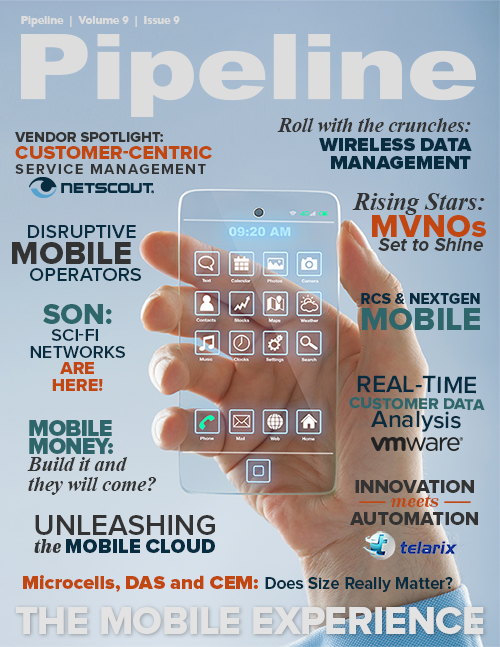How Rich Communications Enables the Next Generation of Connected Apps
The array of applications that can benefit from integrating RCS is virtually limitless. Any application for which users need to communicate using voice, video or chat, or for which knowing a user’s status is important, can use RCS APIs, from consumer entertainment, including building interactive communities, to business applications like customer relationship management (CRM). Embedded device applications can also utilize RCS — in the exact same way as mobile-device apps.
The further challenge for developers is to do all of the above across a vast expanse of devices while imparting a natural and intuitive native-user experience on any and all of the devices. Ease of use is critical: developers of in-demand apps often say that even “grandma or grandpa” should be able to use their products, not to mention kids.
This multidevice challenge is very familiar to app developers who need a “write once, run anywhere” solution for end users, who may be using form factors ranging from smartphones, tablets and connected PCs/laptops to embedded devices. Plus, these devices span different operating systems and can have vastly different hardware capabilities: low-cost or legacy devices have minimal or no hardware acceleration and lower display resolutions, memory and CPU constraints, while high-end devices support resolutions and capabilities that were unheard of only a year ago. Many applications need to work on a wide cross-section of these devices to be viable.
While RCS itself does not directly resolve these issues, multiplatform RCS software development kits (SDKs) do, supplying standardized RCS across the full scope of devices and operating systems, thus ensuring native device integration and allowing app developers to deliver a rich communication experience to end users (developing once, running anywhere) with the assured high performance that RCS conveys. SDKs often incorporate many additional capabilities, providing further benefits to app developers.
Lastly, for some applications there are challenges such as security, authentication, single sign-on, and so on. A benefit of RCS is that these capabilities are inherent in RCS itself.
The rich-communication revolution
This year we’ll see a series of factors align to ignite a rich-communication revolution on cellular devices, including smartphones, tablets and cellular-enabled laptops and PCs. These factors include the rapid deployment of LTE by carriers worldwide, providing ample bandwidth for rich communication; deployment of an interoperable rich communication service by many cellular carriers; a move to full RCS 5.2, which includes IR.92 VoLTE and IR.94 video over LTE with guaranteed QoS; and the use of RCS APIs. Any one of these factors is sufficient to drive major change, but together they represent a quantum leap forward for next-generation applications, making full use of rich communication services.



















